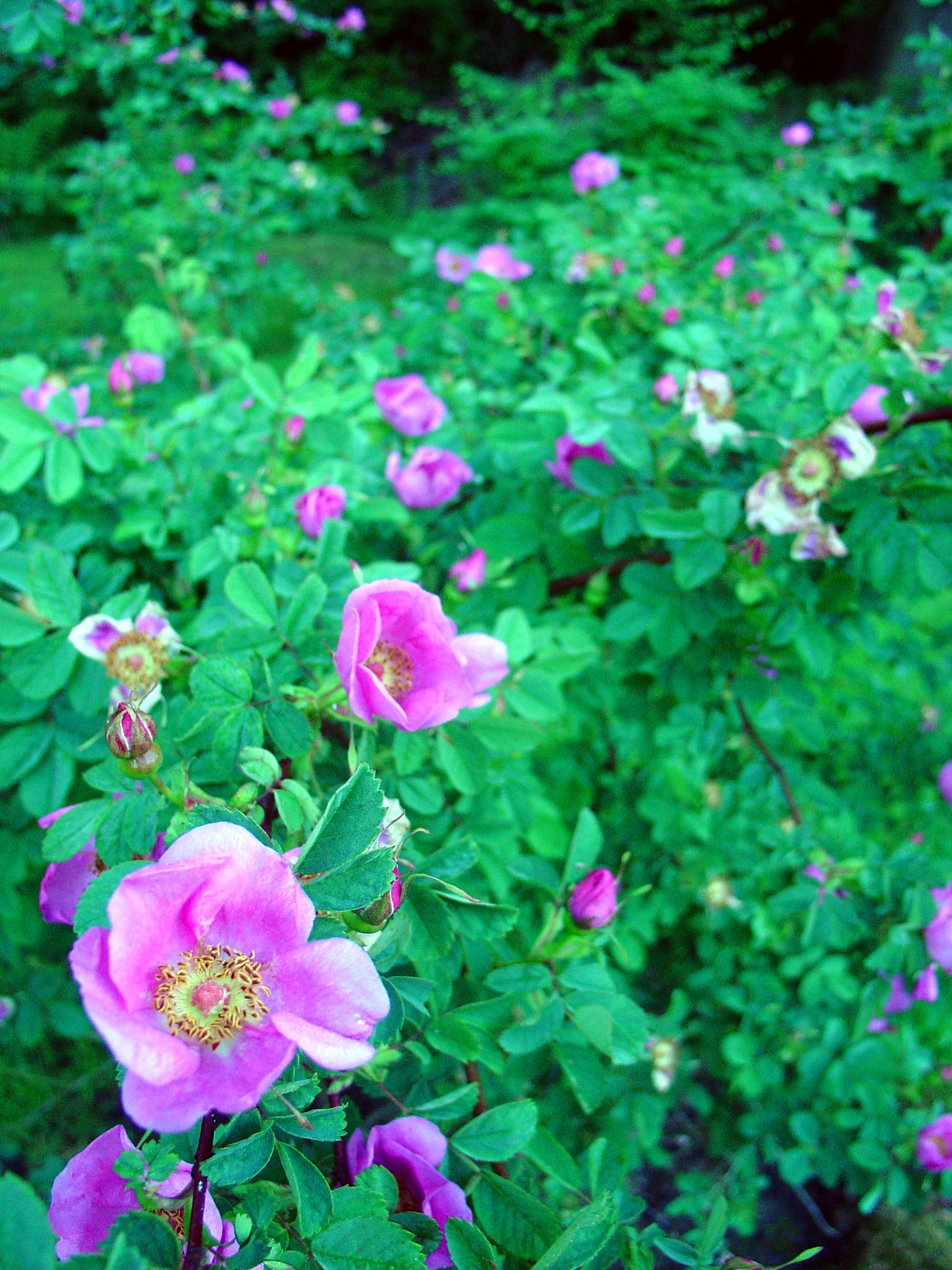


(2, 4, 5, 6)Ĭited in literature however typical conservative collection methods for genetic Live softwood stakes may also be taken and rooted. – root crown sprouts and short rhizomatous offshoots can be collected and Mummified hips mayīe either crushed and then sieved or given an extended maceration then sieving.

Pulp or rubbed through a sieve to separate pulp from seed. Softened and then either blenderized and seed allowed to settle from floating Hips should be macerated with water until sufficiently – (up to 1 x 10 5 seeds/kg) ripens in fall when hips turn deep Common understory plant associates of Nootka rose include common snowberry ( Symphoricarpos albus), red-osier dogwood ( Cornus stolonifera), Pacific ninebark ( Physocarpus capitatus) and oceanspray ( Holodiscus discolor). Also often invasive in remnant western Washington prairie systems and in abandoned pastureland. Locally associated with openings and edges of Douglas-fir ( Pseudotsuga menziesii), ponderosa pine ( Pinus ponderosa), Sitka spruce ( Picea sitchensis), western hemlock ( Tsuga heterophylla), western red cedar ( Thuja plicata), logdepole pine ( Pinus contorta), black cottonwood ( Populus balsamifera), trembling aspen ( Populus tremuloides), and willow ( Salix spp.) overstories. Widely associated with a broad range of coniferous and deciduous forest, prairie, coastal and steppe ecosystems. Given it’s propensity for droughty conditions, low to moderate fire tolerance and disappearance with canopy closure it may be considered an early to mid successional stress tolerator, though not specifically sited as such in the literature. Nootka rose increases in cover with canopy closure, but may produce less fruit. Nootka rose is tolerant of both sun and shade showing increased growth and fruit production with increasing light. Nootka rose grows best at pH ranges of 5.6 to 7.0 thriving on moderately fertile, well-drained clayey-loam, sandy-loam, or sandy soils. It is occasionally found on brackish-water sites or sites exposed to coastal salt spray. It is sporadic in open-canopy forests with fluctuating groundwater tables. Nootka rose occurs on nitrogen-rich, fresh to very moist soils frequently in floodplains, open stream banks, and meadows. Thickets and ravine edges from sea level to mid elevations. Throughout Puget Sound in dry to moist open forests, clearings, bluffs, Nootka rose is commonly found in moderately dry to moist climates from sea level to mid elevation montane zones. Nootka rose occurs at sea level to middle elevations from Alaska south to California and east to western Montana and New Mexico. Nootka rose is a deciduous, deep-rooted rhizomatous perennial shrub 1 – 3 m tall with erect or trailing stems reaching its maximum height in 10 years, leaves alternate with paired thorns on the stem at the base of the petiole, 5 or 7 compound with doubly serrate elliptical leaflets, flowers pink 4 – 8 cm wide, fruits pear-shaped hips with persistent calyx contain several long, hairy achenes.


 0 kommentar(er)
0 kommentar(er)
